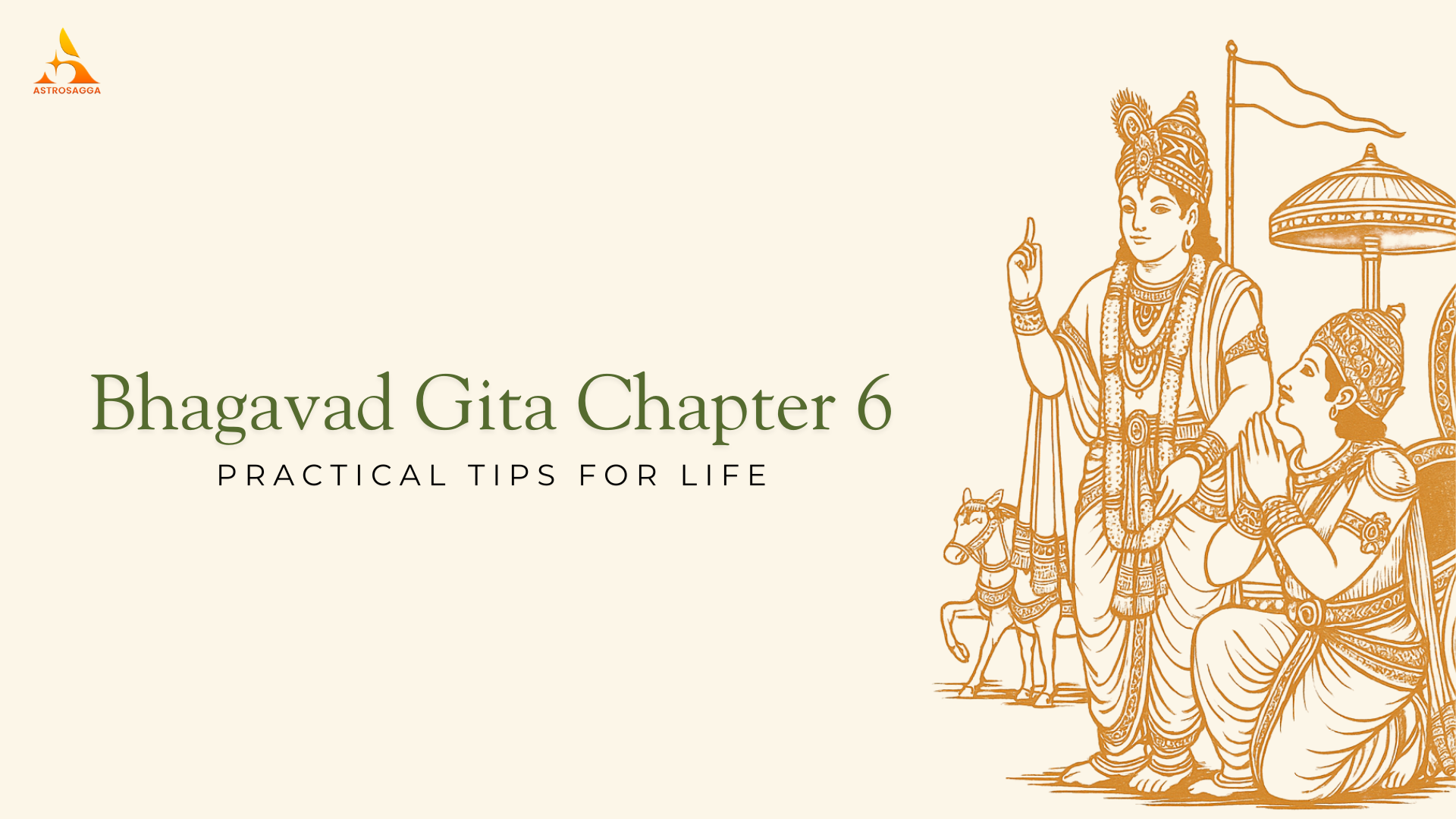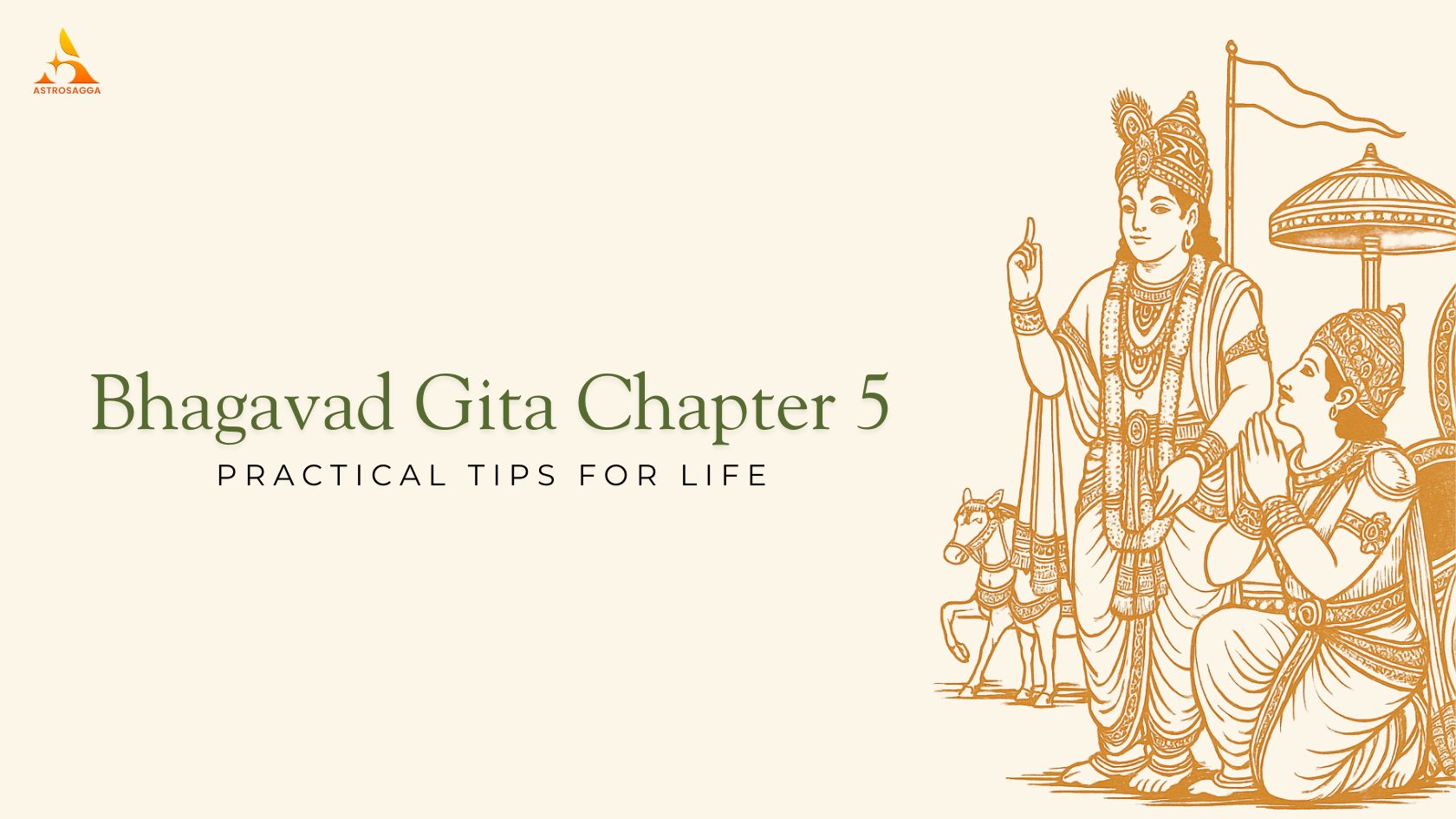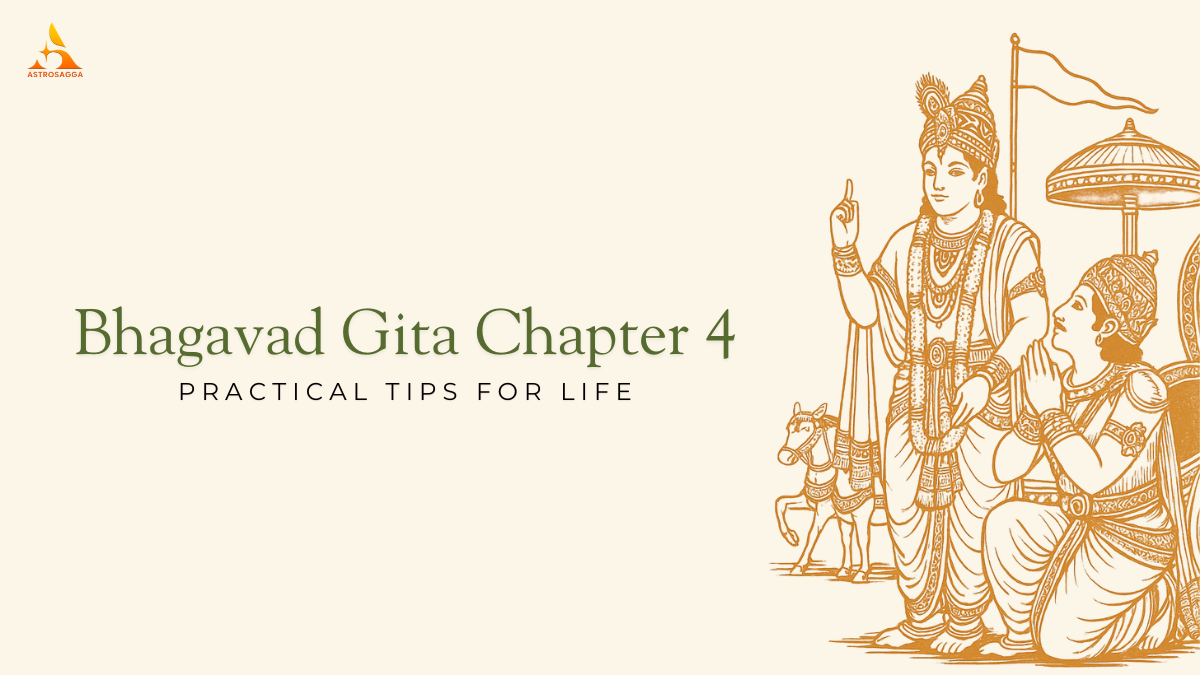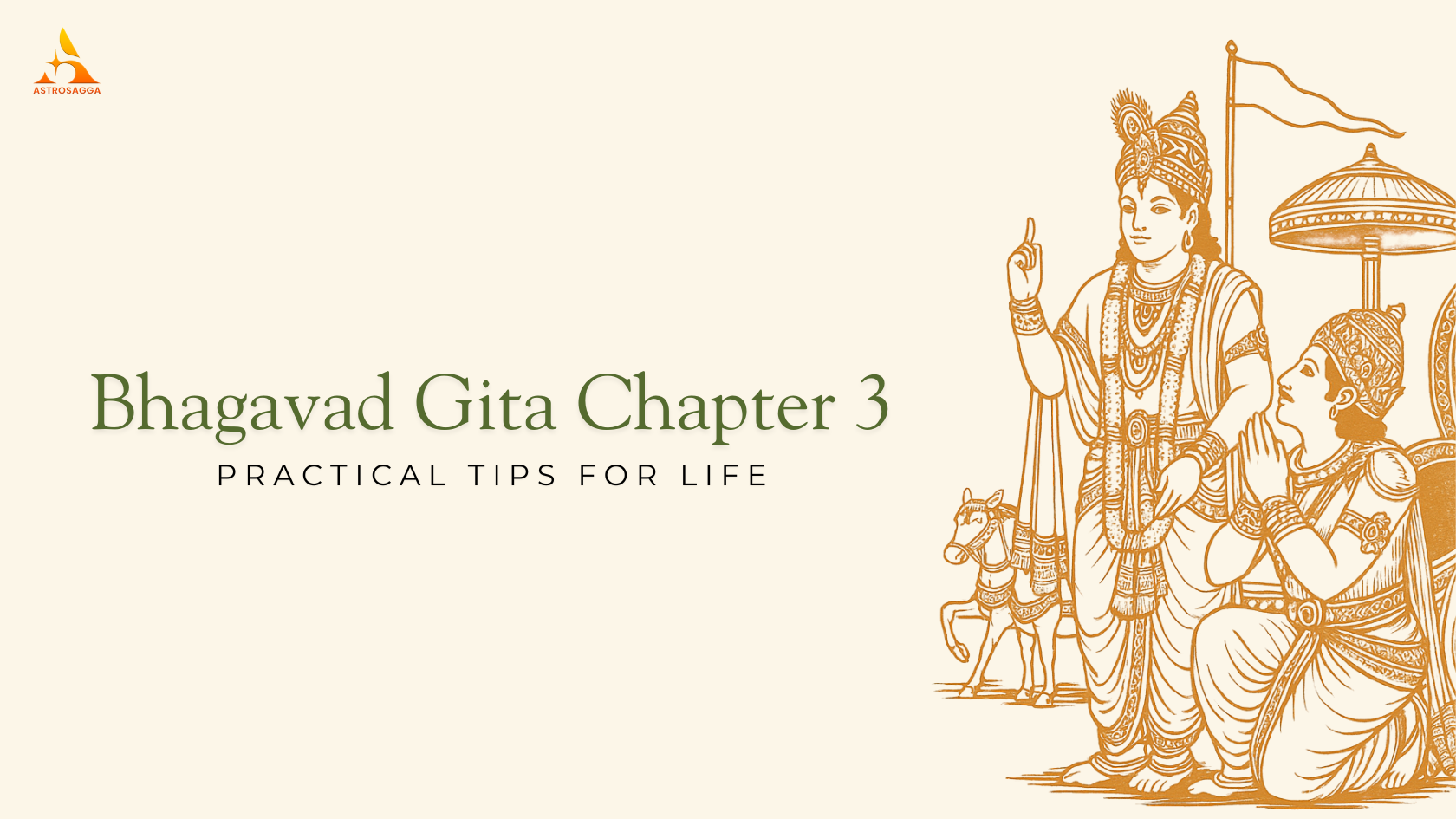Vastu Shastra, the ancient Indian science of architecture, holds the key to creating a harmonious and prosperous living space. By aligning your home with the principles of Vastu, you can enhance the flow of positive energy, promote well-being, and create a sanctuary of happiness. In this comprehensive guide, we will explore essential Vastu Shastra tips that will help you transform your home into a place of joy and peace.
1. Understanding the Fundamentals of Vastu Shastra
Before delving into specific tips, it's crucial to grasp the basics of Vastu Shastra. Vastu is rooted in the five elements of nature—earth, water, fire, air, and space—and emphasizes the balance between these elements in your living space. Each direction in Vastu is associated with a specific element, and maintaining this balance is key to a happy home.
North-East: Governed by water, this direction is associated with prosperity and wisdom. Keep this area clutter-free and open to allow the flow of positive energy.
South-East: Representing fire, this direction is ideal for the kitchen, as it enhances health and energy.
South-West: Controlled by earth, this direction is ideal for the master bedroom, offering stability and strength.
North-West: Governed by air, this direction is suitable for guest rooms or storage, promoting movement and communication.
2. Vastu for the Entrance: Welcoming Positive Energy
The entrance of your home is the gateway through which energy flows in and out. Ensuring that your entrance is Vastu-compliant can invite positivity and prosperity into your home.
Main Door Placement: The main door should ideally be in the North, North-East, or East direction. These directions are considered auspicious and allow the flow of positive energy.
Door Design: Ensure that the door is made of high-quality wood and is larger than any other door in the house. It should open in a clockwise direction without creaking, as this signifies a smooth flow of energy.
Decorative Elements: Place symbols of positivity, such as a Swastika or Om, on the main door to attract good vibes. Ensure the entrance is well-lit and clean, as darkness and dirt can block positive energy.
3. Living Room Vastu: The Heart of Your Home
The living room is where the family gathers and spends quality time together. Aligning your living room with Vastu principles can enhance the flow of happiness and peace within your household.
Location: The ideal location for the living room is in the North or East direction. This positioning invites sunlight and positive energy, creating a bright and vibrant atmosphere.
Furniture Arrangement: Arrange the furniture in a way that allows free movement and doesn't block the flow of energy. The head of the family should sit facing East or North while conversing, as this promotes authority and clarity of thought.
Color Scheme: Opt for light and soothing colors like white, cream, or light green for the living room walls. These colors are known to attract calmness and positivity.
Read Also - Navagraha: The Nine Planets of Vedic Astrology
4. Vastu for the Kitchen: Nourishing Health and Prosperity
The kitchen is the heart of any home, as it is the source of nourishment and energy. Ensuring that your kitchen adheres to Vastu principles can have a significant impact on the health and prosperity of the household.
Location: The ideal location for the kitchen is in the South-East corner of the house. This direction, governed by the fire element, is perfect for activities related to cooking.
Stove Placement: The stove should be placed in such a way that the person cooking faces the East. This ensures that the food is prepared in a positive environment, enhancing its nutritional value.
Storage: Keep the kitchen clutter-free by organizing utensils and groceries in designated cabinets. Avoid placing heavy items above the stove, as this can block the flow of positive energy.
5. Vastu for the Bedroom: A Sanctuary of Peace
The bedroom is a place of rest and rejuvenation, and its Vastu alignment can significantly influence your sleep quality and overall well-being.
Location: The master bedroom should ideally be located in the South-West direction. This direction provides stability and strength, making it the best spot for a restful sleep.
Bed Placement: Position the bed with the head towards the South or West. This ensures that your body aligns with the earth’s magnetic field, promoting better sleep and health.
Mirrors: Avoid placing mirrors directly opposite the bed, as reflections can disturb sleep and create restlessness. If a mirror is necessary, ensure it is covered during the night.
6. Vastu for Bathrooms: Maintaining Hygiene and Energy Flow
While often overlooked, the bathroom plays a crucial role in maintaining the overall Vastu of your home. Proper placement and design of bathrooms can prevent the loss of positive energy.
Location: Bathrooms should ideally be located in the North-West or South-East direction. These areas help in flushing out negative energies without disturbing the positive flow within the house.
Toilet Seat Direction: Ensure that the toilet seat is aligned to face North-South. This positioning is believed to minimize the negative impact on health and well-being.
Ventilation: Proper ventilation is essential in bathrooms to keep the space fresh and to prevent the accumulation of stagnant energy. Install an exhaust fan or keep windows open whenever possible.
7. Vastu for the Pooja Room: Connecting with the Divine
The pooja room is a sacred space in your home where you connect with the divine. Ensuring that this room is Vastu-compliant can enhance your spiritual practices and bring peace to your household.
Location: The ideal location for the pooja room is in the North-East corner of the house. This direction, associated with the water element, is considered the most auspicious for spiritual activities.
Idol Placement: Place idols and pictures of deities facing East or West. Ensure that they are placed at a height above the ground, and avoid keeping them directly on the floor.
Cleanliness: The pooja room should be kept clean and clutter-free at all times. Use light colors and ensure that the room is well-ventilated to maintain a serene atmosphere.
8. Vastu for Home Decor: Enhancing Aesthetics and Energy
The decor of your home plays a significant role in determining the overall energy flow. By aligning your home decor with Vastu principles, you can create an environment that is not only beautiful but also brimming with positive energy.
Wall Colors: Choose light and soothing colors for the walls, such as white, cream, or pastel shades. These colors reflect light and create a sense of space, making the home feel more welcoming.
Plants: Incorporate indoor plants like money plants, bamboo, or tulsi in your home decor. These plants are known to purify the air and attract positive energy.
Artwork: Display artwork that evokes feelings of happiness and positivity. Avoid placing images that depict sorrow, violence, or negativity.
Conclusion
Incorporating Vastu Shastra principles into your home can significantly enhance the flow of positive energy, leading to a happier and more prosperous life. By making small adjustments in the placement of rooms, furniture, and decor, you can create a harmonious living space that aligns with the natural elements. Remember, a Vastu-compliant home is not just about aesthetics; it’s about creating a balanced environment that nurtures your physical, mental, and spiritual well-being.












